RAJKUMMAR RAO TALKS ABOUT HIS NEW NETFLIX MOVIE THE WHITE TIGER AND BEING IN DEMAND
by ASJAD NAZIR
A REMARKABLE rise has seen Rajkummar Rao become one of the most in-demand actors in India today.
From small independent films to high-profile multi-starrers, the actor has shown off his impressive versatility and won universal acclaim for his powerful performances. With new Netflix release The White Tiger, the fiercely talented star takes his first big international step and plays a key role in the movie adaptation of Aravind Adiga’s 2008 Man Booker prize winning novel, which looks at India’s class struggle in a globalised world through the eyes of an impoverished driver. Rao plays the unpredictable role of the faithful driver’s employer, who is not all he seems.
With more movies on the way, the hardworking actor is constantly on the move and was hard to track down for an interview. But he made time after a long day and was in good spirits when Eastern Eye caught up with him to discuss The White Tiger, his amazing rise and life in lockdown.
How do you feel about being so massively in demand as an
actor now?
I feel extremely overwhelmed and honoured with the kind of love I have received from the audiences. I promise to keep on giving my best and entertaining them with my work.
It seems like everyone wants to work with you. How are you choosing films?
It’s very important for a character to excite me. The endeavour is always there to push myself and try new things, and new genres. This ultimately helps me choose films better.
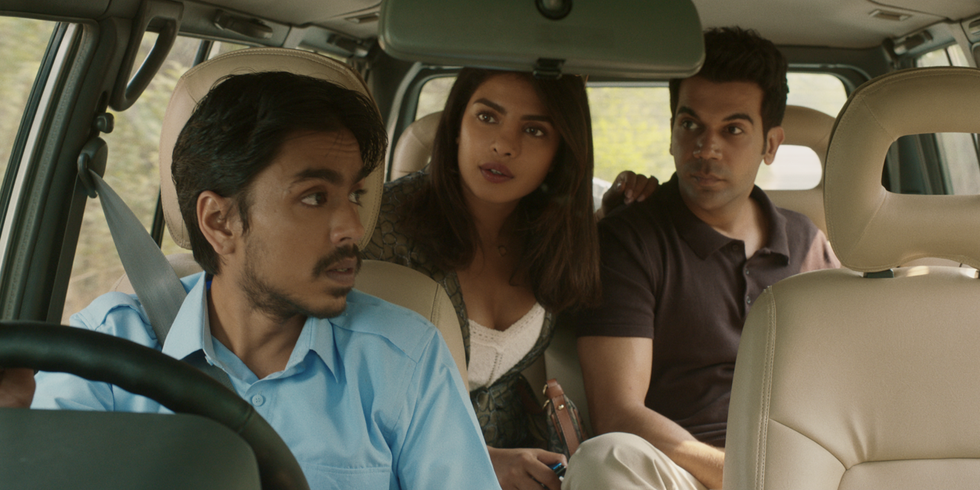
What did you like about The White Tiger and how aware were you about the novel?
I had read the book when it came out in 2008 and really enjoyed it. The White Tiger is such a special film for more reasons than one. I’ve always been a big fan of (director) Ramin’s (Bahrani) work and getting an opportunity to work with him was something I didn’t want to miss. Making The White Tiger was a great experience and am hopeful the audiences will enjoy our film.
Tell us about the film and character you portray?
My character Ashok is complex and it’s exactly this complexity that attracted me to him. His relationship with Balram, Pinky and his family is very well etched out in the film. He is also a victim of the system I feel, but in a different way. Not to mention the character has been adapted from the book so beautifully by Ramin. Our film is doing complete justice to Aravind Adiga’s writing.
How faithful to the novel has this movie remained?
Like I said, in my opinion, Ramin’s vision will not disappoint the audience and I am sure you will feel the same after you have seen the film.
You have done a wide range of work. How does this compare to other roles you have portrayed?
It won’t be fair for me to compare my characters from other films. Every character I portray has its own unique quirks that are specific to the universe of that film. However, I always endeavour to do better and to grow with each film, and work on my craft in order to ensure I don’t get complacent. I’ve definitely tried to push the envelope with The White Tiger. There are a lot of great moments in The White Tiger.
What is your own favourite moment?
(Smiles) There are so many! I don’t think I can name just one. The film itself is so special to me.
Who are you hoping connects with the film?
Everyone actually! I’m hoping on some level the film connects with everyone given its subject matter. It’s so universal in nature. Though the story is set in India, this can happen to anyone and anywhere in the world.
You are one of the leading actors today and give your characters unique traits. How do you approach each new role?
I have my own process of working on my characters. Every role demands a different kind of preparation. I don’t take my characters for granted. For me, every role is a new journey in its own.
How do you feel before the release of your movies?
There’s always a little nervousness, but I try to be very zen before the release of a film. I’ve done my work and now it’s up to the audiences. If they like it, I will feel honoured and if they don’t, I will be humbled and will take the criticism constructively.
Does the added attention of your success put pressure on you?
Not at all. I don’t really let the pressure get to me. The attention and success, none of it has managed to psych me out yet because luckily, I’ve been surrounded by people who have kept me grounded, and ensured that I don’t lose myself and who I actually am.
Which other confirmed films, you can talk about, do you have on the way?
I’ve finished Roohi with Janhvi Kapoor and am currently shooting for Badhaai Do with Bhumi Pednekar.
You are tackling lots of different characters, but do you have a dream role?
My only dream was to be a film actor and I am living that dream every single day now. So, whatever character I am playing in that moment becomes my dream character.
Now that you are acting in more high-profile big budget projects, does that mean you will do fewer independent films that gave you so much acclaim?
That’s not the case. It’s never about big or small budget, it’s always about the script and my character in the film. If the script is good, these things don’t really matter. I love independent cinema. Our audiences don’t care if it’s an indie film or a big commercial film. If a film is good, people will watch it.
Are you keeping a new year’s resolution?
I just want to continue working on myself and challenge my potential with every role.
How have you coped with lockdown and has it changed you in any way?
The lockdown really wasn’t difficult for me. I feel blessed knowing that I was privileged enough to be safe in my home, not many had that. So, I decided to make the best of that period, picked up a hobby (guitar), had a routine, got a lot of reading done, watched lot of great content on screen and worked on myself. I also attended a couple of online workshops on acting. The lockdown has definitely made me more grateful about everything today.
Why should we watch The White Tiger?
It’s a very important film and the point that our film is trying to make is an important one, especially for the times that we live in. Watch it for the vision that Ramin had to convert Aravind Adiga’s book into this amazing film. It’s a very special film, something that the audiences have never really seen before.
The White Tiger is on Netflix now
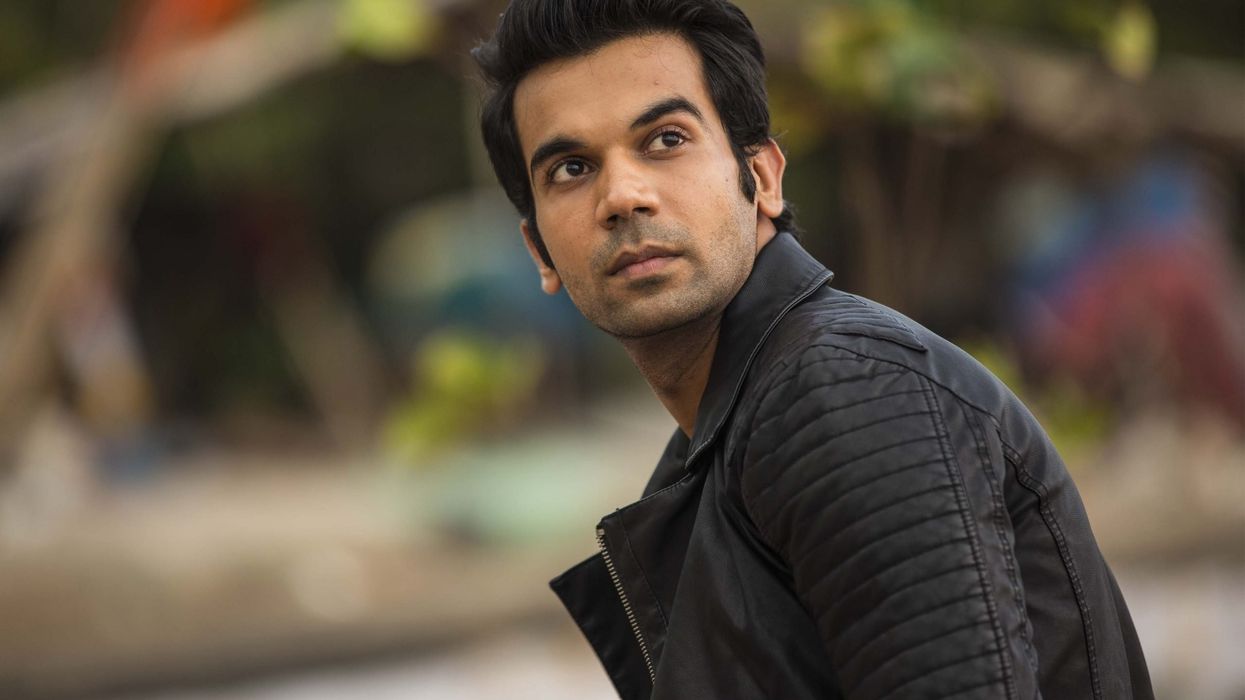





 Jonathan Mayer on the sitar and beyond Instagram/the_sitarist/ @sat_sim
Jonathan Mayer on the sitar and beyond Instagram/the_sitarist/ @sat_sim 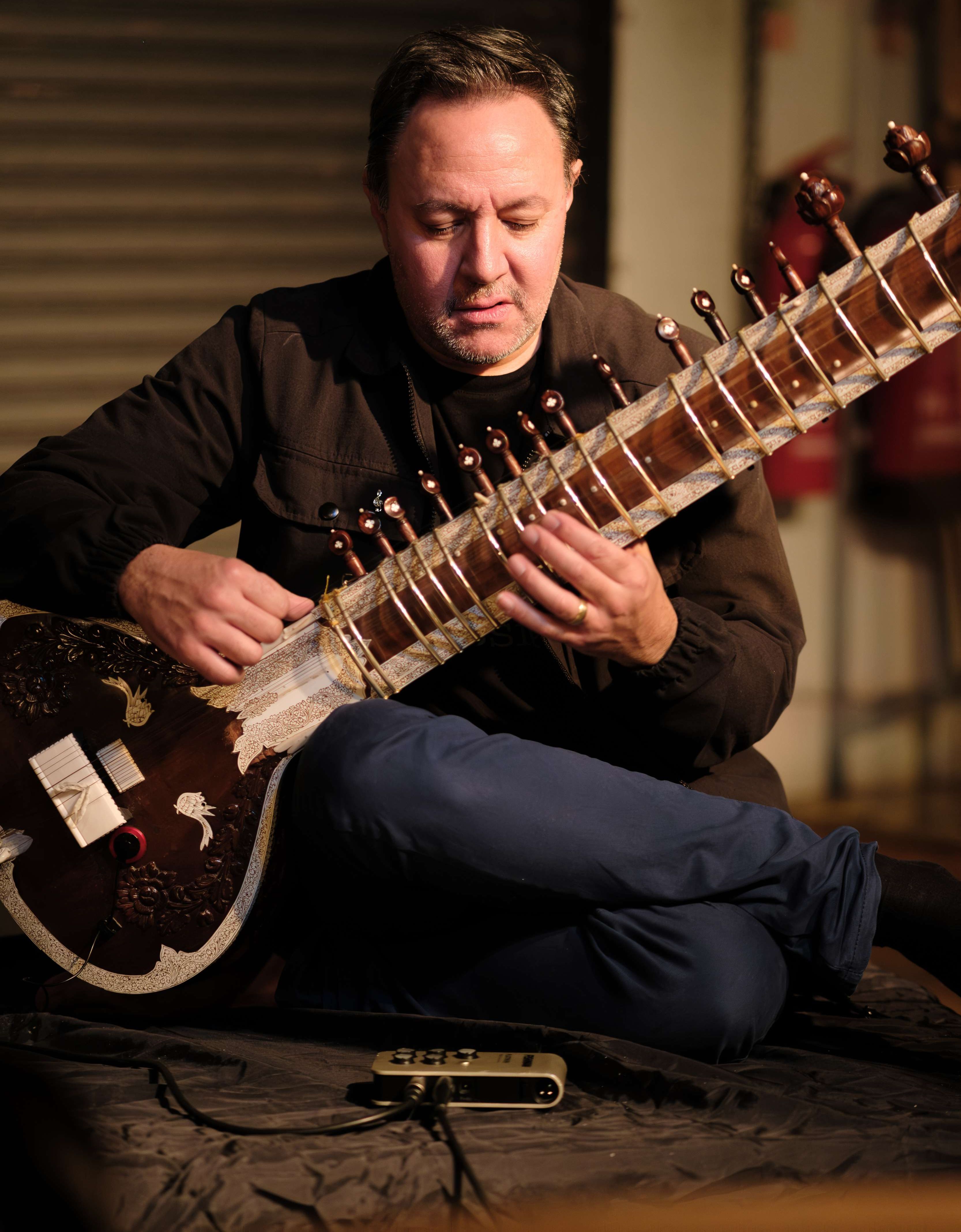 Redefining Indian classical music with Jonathan Mayer Akil Wilson
Redefining Indian classical music with Jonathan Mayer Akil Wilson Jonathan Mayer on music without boundaries Instagram/the_sitarist/
Jonathan Mayer on music without boundaries Instagram/the_sitarist/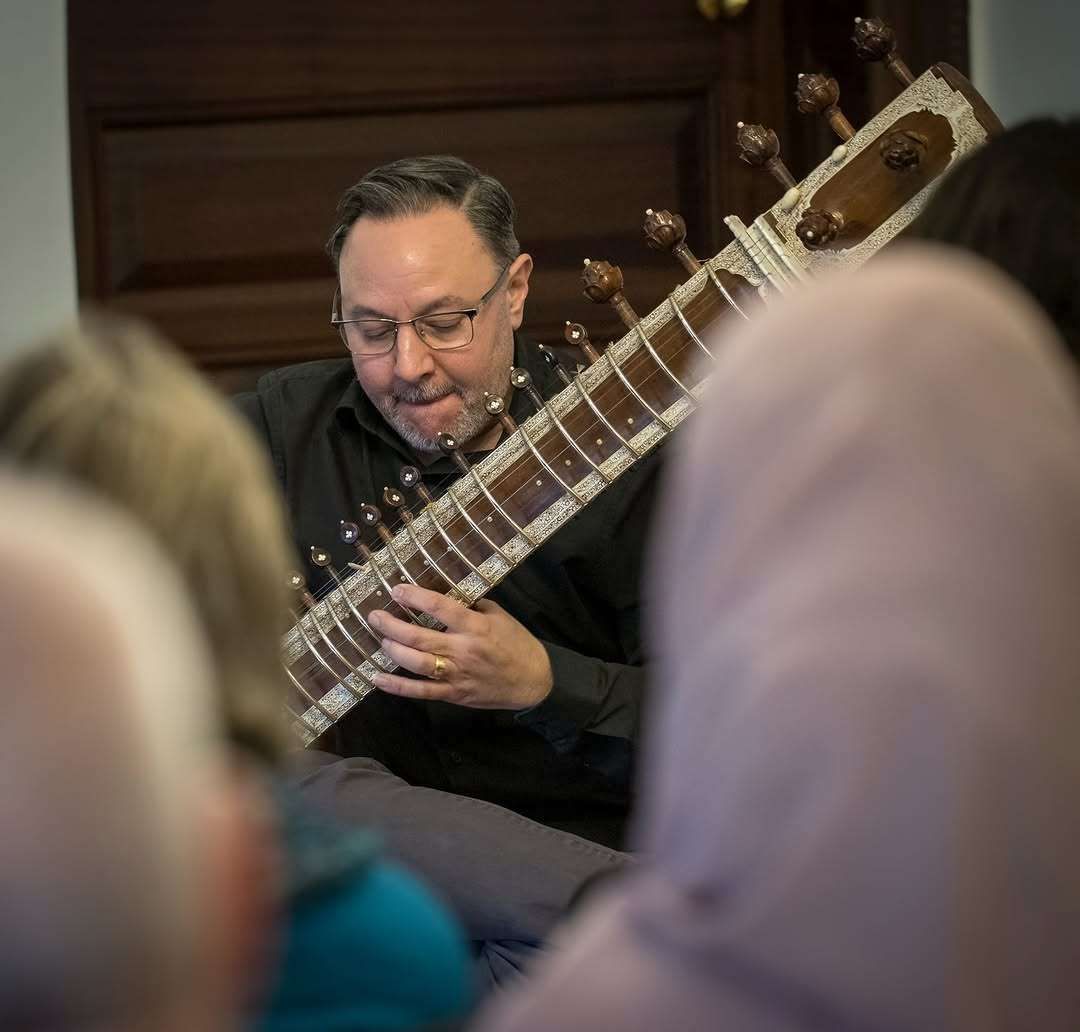 Jonathan Mayer on teaching and performing Indian music Instagram/
Jonathan Mayer on teaching and performing Indian music Instagram/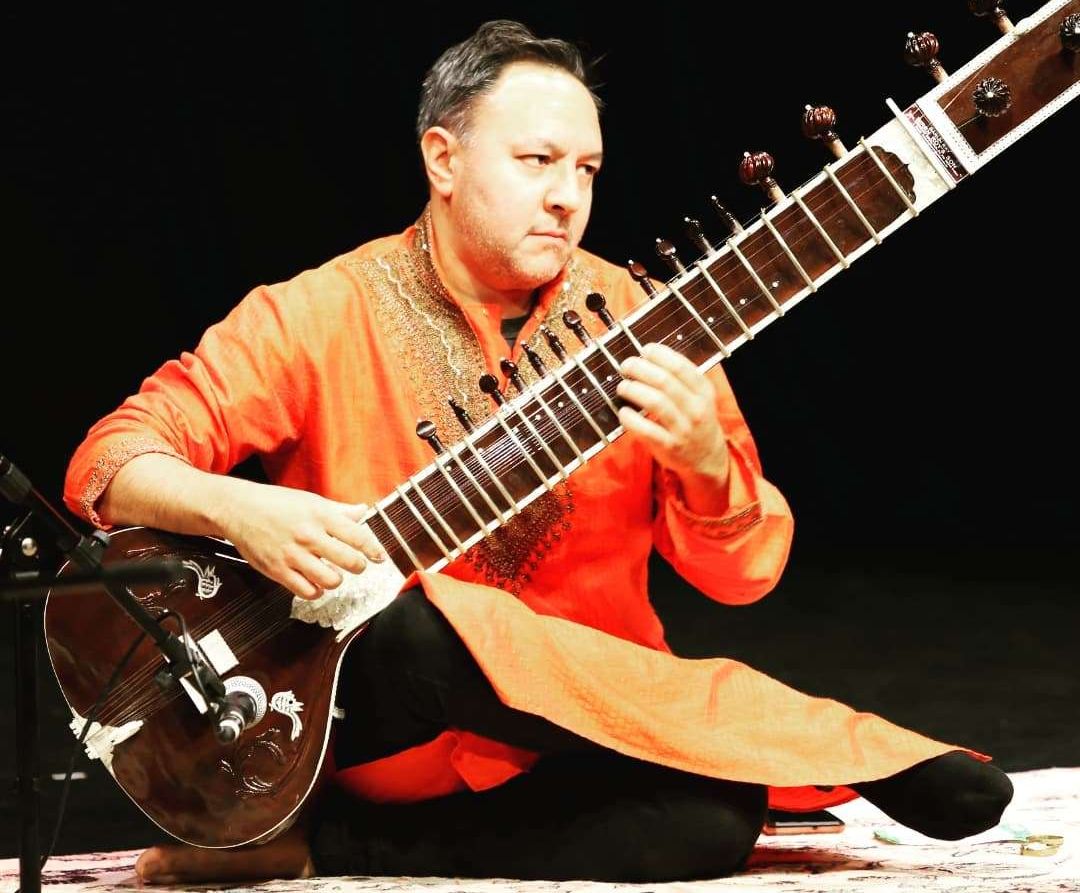 Jonathan Mayer about sitar as a voice of identityInstagram/
Jonathan Mayer about sitar as a voice of identityInstagram/





